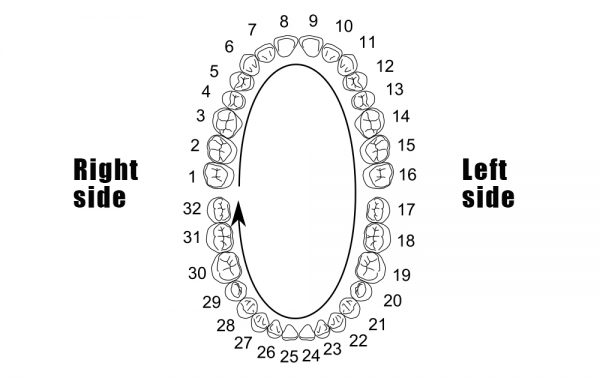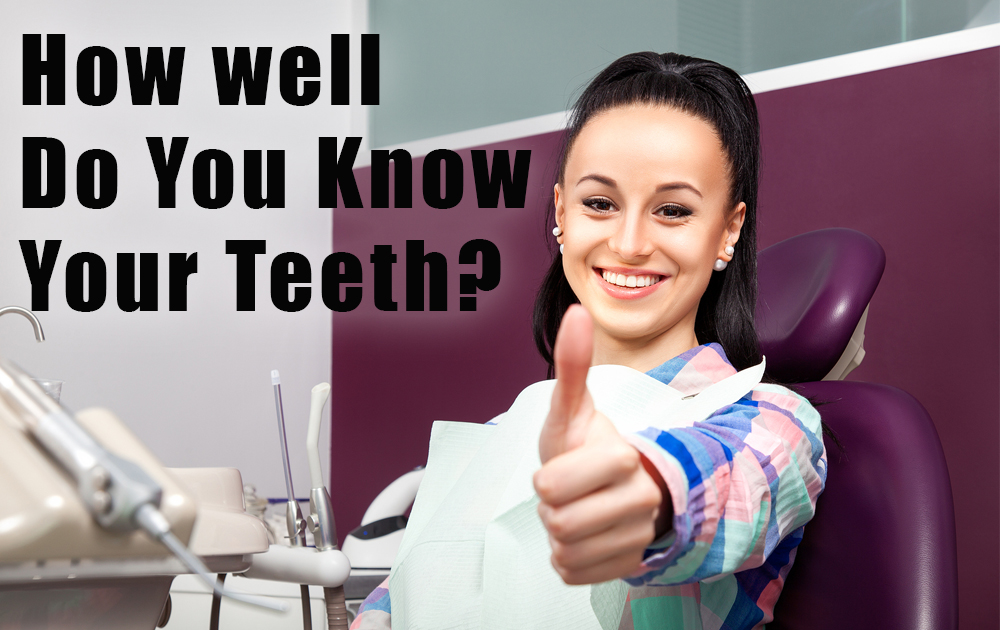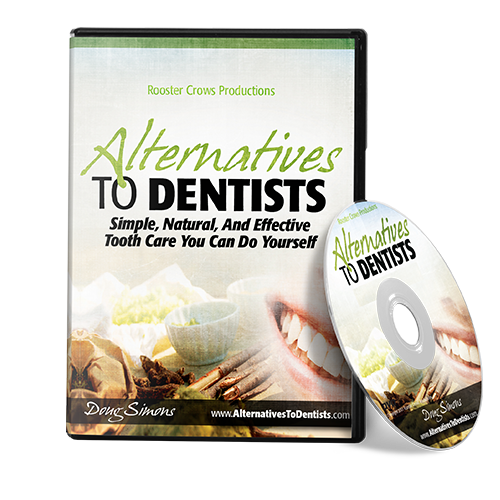Do you know your teeth? Did you know that each one has a number?
Running your tongue across your teeth is probably the most common body movement you do. It’s important to know your teeth because it will help identify problems, give you the knowledge you need to be in charge of your dental health, and makes you aware of issues before they become problems.
But how well do you really know your teeth?
Imagine …
… Sarah’s tooth in her upper right jaw hurt. Can you imagine how much more respect, and probably better treatment, she would get from her dentist if she said, “I am having some sensitivity with tooth number 3, can I make an appointment?”
Really knowing your teeth is the first step to better dental health, and being in charge of what is used in your mouth.
A good way to start is to learn the numbers for each tooth. (Please note that the following illustration is based on the Universal Numbering System, which is used in the United States. In other parts of the world, World Dental Federation notation is used.)

© kaligula
Tooth Numbers
The adult human mouth is blueprinted with 32 teeth—16 on the upper and 16 on the lower.
Use a mirror or your tongue to identify each of your teeth and their numbers.
The first tooth is in the upper right. Then, go around to number 16, which is on your upper left. Most people no longer have their wisdom teeth, so often the first tooth in your upper right jaw is actually # 2. Number 17 starts on your lower left and goes around to #32, which is your lower right. Again, the wisdom teeth are often missing so usually the first tooth on the lower left is #18.
Get a dental mirror, and check this out for yourself!
Dental Language
If you’ve ever laid back in a dental chair and wondered what the gobbledygook the dentist was saying to his assistant, this article is the first step in unraveling that mysterious language.
Here are some terms you might hear at your dentist’s office, and what they mean:
Anterior describes things pertaining to your centrals, laterals, and cuspids.
Apex is the very bottom of the tooth’s root.
Aspirator is the little tube-like straw that sucks up your saliva.
Buccal is the tooth surface that is next to your cheeks.
Calculus is a hard deposit that forms when you do not brush your teeth and plague hardens, also known as tartar.
Caries are cavities or tooth decay.
Cariogenic is a decay-causing material.
Central means the two upper and two lower teeth in the very center of your mouth, also called Incisors.
Crown is the part of your tooth above the gum line.
Cuspids are the pointy teeth just beside the laterals. They have one point, and commonly called canines.
Dentin is the calcium part of your tooth below the enamel containing the pulp and root canals.
Enamel is a hard ceramic that covers the exposed part of your teeth.
First Bicuspids are the teeth just beside the cuspids. They have two points.
First Molars are the teeth beside the second bicuspids. These teeth have four points.
Gingivitis is reversible inflammation of the gum tissue, but does not include the bone.
Implant is a tooth replacement. The implant is different from a bridge as it is permanently attached to your jaw.
Labial is the tooth surface that is next to your lips.
Lingual is the tooth surface next to your tongue.
Lateral means the teeth just beside the centrals.
Malocclusion is misaligned teeth or jaw.
Mandible is your lower jaw.
Maxilla is your upper jaw.
Occlusal surface is the chewing surface of a tooth.
Periodontal disease is inflammation and irritation of the gums which if left untreated can cause the teeth and jawbone to deteriorate or fall out.
Plaque is a bacterial colony which has mineralized and attacked your teeth, causing decay.
Prophylaxis is a professional cleaning of your teeth by a dentist or hygienist.
Root is part of your tooth in your gums.
Sealant is a plastic coating used to protect your teeth from decay.
Second Bicuspids are the teeth beside the first bicuspids. They also have two points.
Second Molars are the teeth beside the first molars. They also have four points.
Third Molars are your wisdom teeth. Some people have them. Some people don’t. Often times, they are pulled so as not to cause problems in your mouth.
Have you seen this article: How Much Money Will You Spend on Dentistry?

© lisafx
What you need to know
- Being able to chew your homegrown food is essential for good digestion. Actually getting the nutrition that your body needs relies on your teeth being healthy and strong.
- You’ll impress the heck out of your dentist and get much more respect and possibly better care, if you know your tooth numbers.
- Knowing your tooth numbers and checking your own teeth regularly is very important to the prevention of tooth and gum issues.
You have more control over your dental health than you know. And healthy teeth and gums are important for a happy and healthy YOU!
Tell us in the comments below. How well do you know your teeth?
Your Teeth Are Alive and Can Heal Themselves!
I’ll show you how Doug Simons takes care of his dental
health with simple, easy-to-do, and effective methods.
You can, too!
Marjory Wildcraft is the founder of The Grow Network, which is a community of people focused on modern self-sufficient living. She has been featured by National Geographic as an expert in off-grid living, she hosted the Mother Earth News Online Homesteading Summit, and she is listed in Who’s Who in America for having inspired hundreds of thousands of backyard gardens. Marjory was the focus of an article that won Reuter’s Food Sustainability Media Award, and she recently authored The Grow System: The Essential Guide to Modern Self-Sufficient Living—From Growing Food to Making Medicine.









COMMENTS(3)
Hi
Never saw a Tooth counting like this. Does US have their own counting?
The rest of the world: Starting in the middle of front teeth. upper right=11, upper left=21, lower left=31, lower right=41
Regards
Walter
Dentists care for patients ‘ teeth and gums, and , if you say “tooth number three” they will have No extra respect, and I am very sure of this ! Do you have decided to use the self-esteem angle of attack .
When patients enter any medical professionals office , they would rather you tell them, in layman’s terms, your chief complaint . Otherwise you look like a show-off.
Hi Linda, I apprecaite you writing in, but I know it changes the relationship with your dentist – and the front desk. I know my teeth numbers and use them when speaking with them and it makes a big difference.
Having the numbers for your teeth also gives you much more familitarity with your teeth. And learning which ones are which is the beginning of taking more responsibility for your dental health.